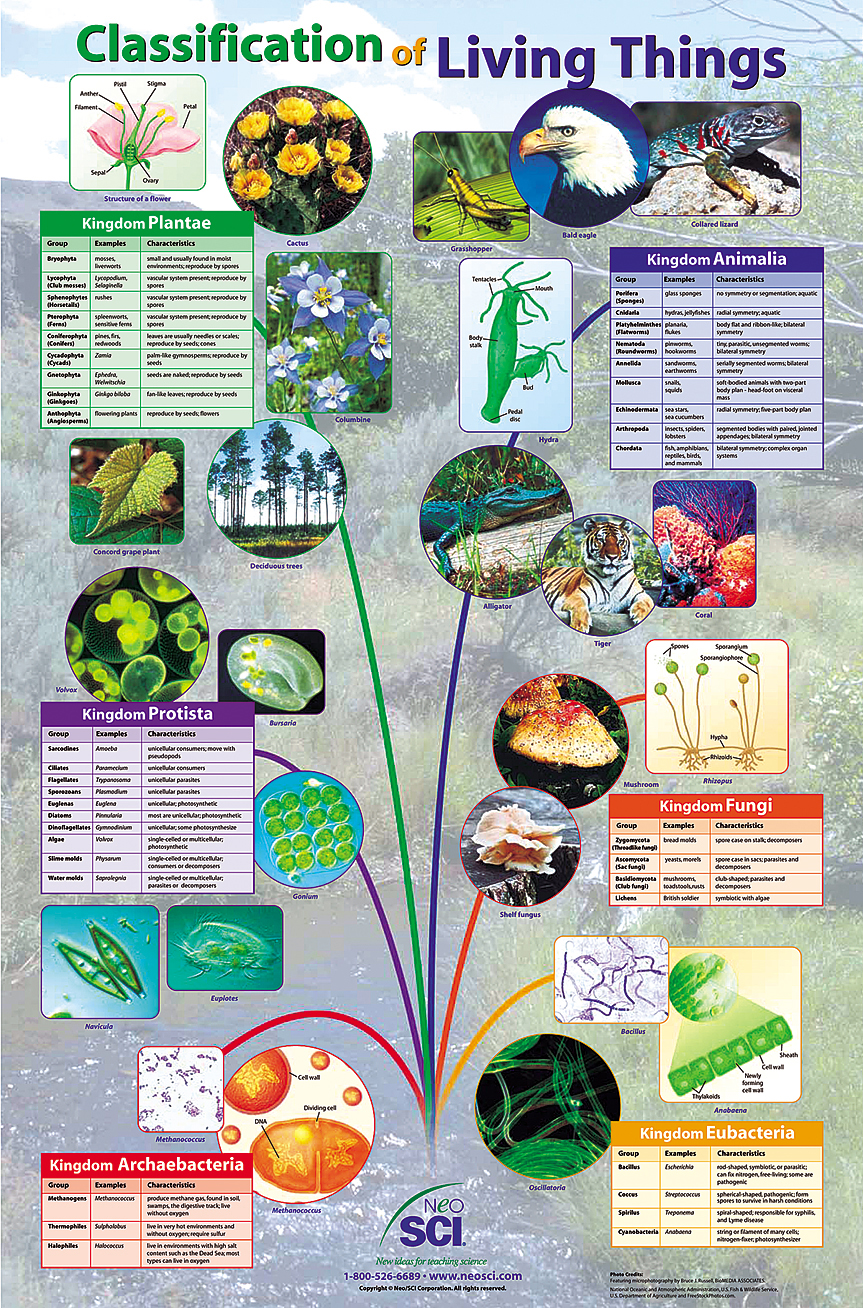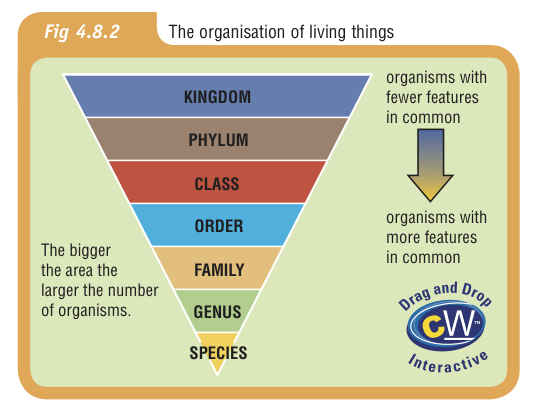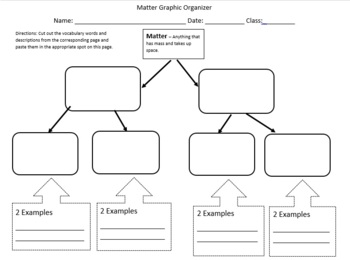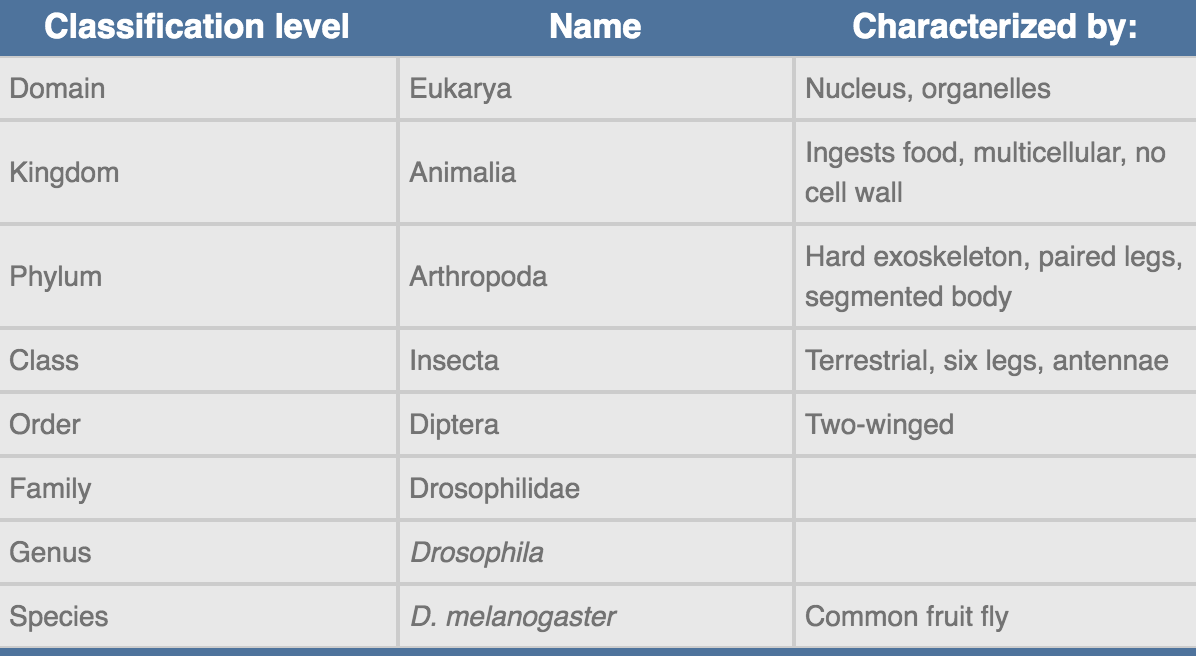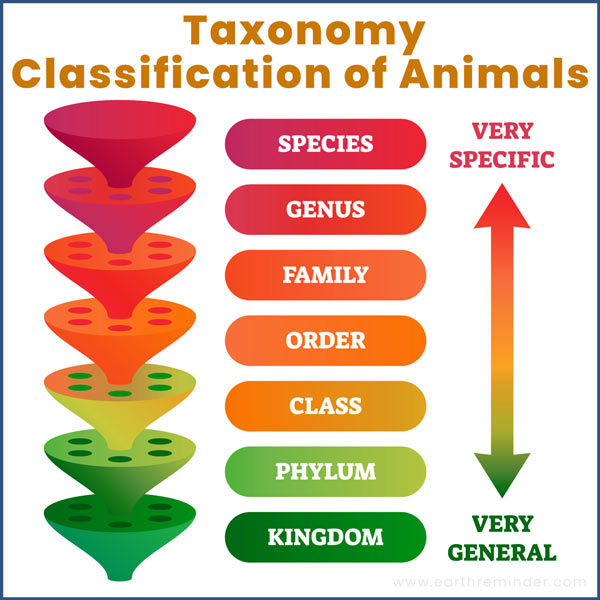Classification is a common practice in the field of science that involves organizing objects, events, or ideas into groups based on shared characteristics. There are many different ways to classify things in science, and examples of classification can be found in a variety of fields, including biology, chemistry, physics, and more.
One example of classification in science is the classification of living organisms. In biology, living organisms are classified into a hierarchical system based on their shared characteristics. At the highest level, living organisms are classified into one of two main categories: prokaryotes or eukaryotes. Prokaryotes are single-celled organisms that lack a nucleus and other membrane-bound organelles, while eukaryotes are single-celled or multi-celled organisms that have a nucleus and other membrane-bound organelles. Within these two main categories, living organisms are further classified into smaller groups based on shared characteristics, such as their evolutionary history, physical characteristics, and biochemical processes.
Another example of classification in science is the classification of chemical elements. In chemistry, chemical elements are classified into groups based on their shared physical and chemical properties. For example, the periodic table of elements is a classification system that organizes chemical elements into groups based on their atomic number, electron configuration, and chemical properties. This classification system helps chemists predict the behavior of chemical elements and understand how they interact with one another.
Classification is also used in the field of physics to organize and study the fundamental building blocks of the universe. For example, particles in physics are classified into groups based on their properties, such as their mass, charge, and spin. This classification helps physicists understand the behavior of particles and how they interact with one another.
In conclusion, classification is an important tool in the field of science that helps scientists organize and understand the world around them. By grouping objects, events, or ideas into categories based on shared characteristics, scientists are able to make predictions, draw conclusions, and gain a deeper understanding of the natural world.
